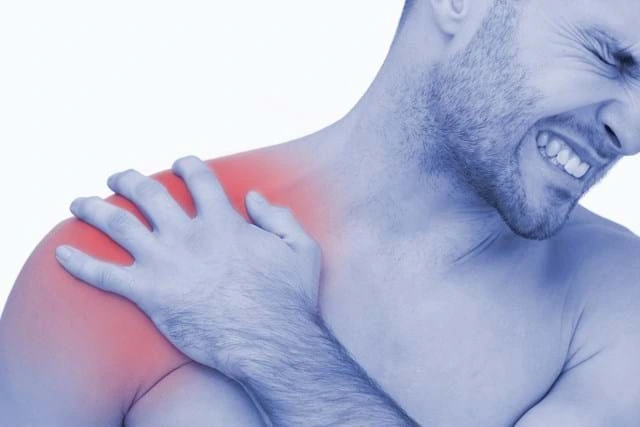Shoulder Pain
Shoulder pain in the general population has been reported to be anywhere from 20-50%. The shoulder relies on muscles, tendons and ligaments for its stability due to unique anatomy, and there are often many aspects to shoulder pain and dysfunction. A functional assessment is imperative along with diagnosis of the painful structure to allow an effective, individual management plan to be created.
Rotator Cuff Injuries
The rotator cuff is the group of stabilising muscles that work to maintain shoulder control while we are performing powerful movements and moving the shoulder through its vast range of motion. These muscles can become overloaded due to poor posture, and can suffer strains and tears, and injury to their tendons
Referred pain from neck and thoracic region
Joints and muscles in our neck and thoracic spine can refer pain to the shoulder. An assessment of the complex biomechanics through this entire region will allow us to create a personalised management plan.
Radicular (nerve) pain from the cervical spine
A compressed nerve root in the cervical spine (neck) can lead to radicular pain down the upper limb. This pain is usually sharp and shooting, and there can be associated sensation changes, such as "pins and needles". Detailed assessment is required in these cases to determine whether chiropractic is the best form of management. We are able to manage many cases, however depending on examination findings you swill sometimes be referred for further imaging or specialist consultation.
Postural Syndromes
Poor posture and lack of proper control of the shoulder girdle and spine can lead to pain in the shoulder. Of course in these cases the treatment plan needs to include postural exercises and training for long term improvement, along with manual therapy for more immediate relief.
While these are the most common causes of shoulder pain we see, there are many conditions that can cause discomfort and pain in this region. As always correct diagnosis is the first and most important step in improving your condition.


